From Tony Hirst:
If an email comes with an attachment, then I suspect that in a large number of cases the sender is probably using the wrong medium. So for example, this morning I found in my mailbox:
Three seminar announcements with *ALL* the details in an attached word file (nothing in the body of the message). (“Please find enclosed details of our next seminar” – you know the sort of thing…)
Two newsletters as PDF attachments (they’re available on the web as well…)
Yes, I hate that… and if you’re on a slower machine, you spend the next several minutes opening different applications (Word, Excel, Acrobat), wait for the virus scan ..etc, only to wonder how than organize it all…
Here’s Tony’s solution:
So I think I may try a new mail rule:
if attachment then
- silently delete AND
- reply-to-sender “Please find another way of letting me see the document you sent as an enclosure – I do have a browser, you know… If the document is for commenting on by several people, try Google docs, Zoho, or Microsoft Live whatever it’s called…”
I love it… like I’ve said before, Attachments are Evil – Link, don’t Send.


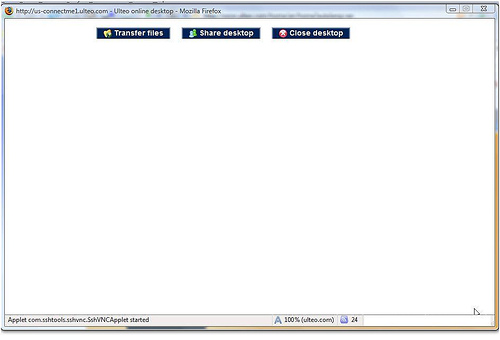
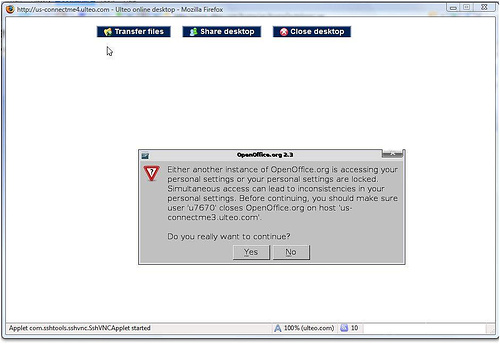
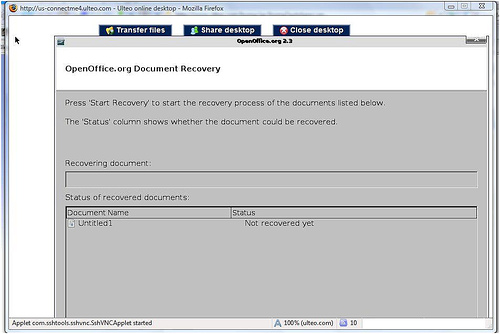
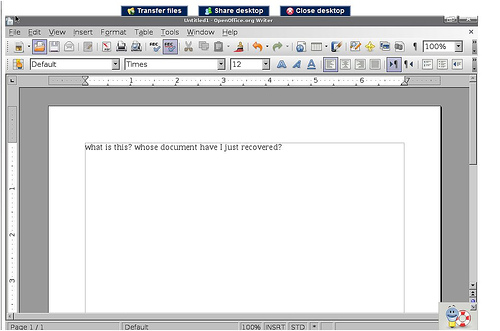

 If there’s one application where the benefits of collaborative creation, sharing, easy access from anywhere speak for themselves, that’s presentations. After all, we rarely create presentations to ourselves: it’s a one-to-many, or more typically few-to-many situation. But dealing with version
If there’s one application where the benefits of collaborative creation, sharing, easy access from anywhere speak for themselves, that’s presentations. After all, we rarely create presentations to ourselves: it’s a one-to-many, or more typically few-to-many situation. But dealing with version  number 115 of the Sales Presentation, just figuring out which one is current, let alone contributing to it while someone else might be working on a different version is a nightmare – and when you’re ready to present, you’re still prone to
number 115 of the Sales Presentation, just figuring out which one is current, let alone contributing to it while someone else might be working on a different version is a nightmare – and when you’re ready to present, you’re still prone to 
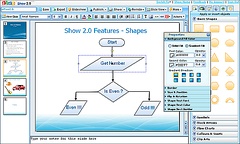 Zoho’s import facility is now significantly improved. I’ve tested it by importing several PPT decks that had suffered some deterioration in Show 1.0 – they come out perfectly in 2.0.
Zoho’s import facility is now significantly improved. I’ve tested it by importing several PPT decks that had suffered some deterioration in Show 1.0 – they come out perfectly in 2.0.
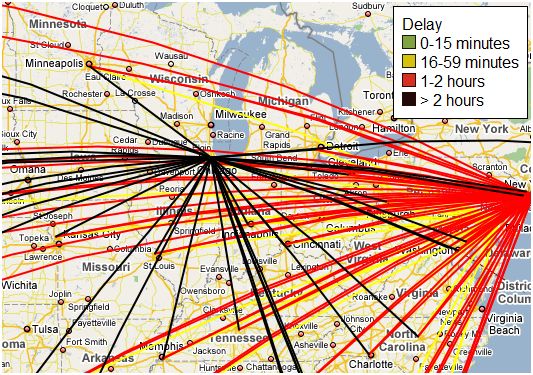
 As much as I am a
As much as I am a 


 often overlooked, probably since Google does not have anything to offer in these areas. But Zoho does, and in fact that’s the application that attracts the largest active user base. Creator allows non-tech-types (like yours truly) to
often overlooked, probably since Google does not have anything to offer in these areas. But Zoho does, and in fact that’s the application that attracts the largest active user base. Creator allows non-tech-types (like yours truly) to  ). Today, in the age of better online collaboration (that you can NOT manage on paper) and ergonomic large screens,
). Today, in the age of better online collaboration (that you can NOT manage on paper) and ergonomic large screens, 
Recent Comments